Music has an extraordinary power to bring people together, creating moments of joy, connection, and shared experience. If you’re considering hosting a music event, whether it’s an intimate acoustic night or a vibrant outdoor festival, you’re embarking on a journey that blends creativity with careful planning. From selecting the perfect venue to curating a lineup that resonates with your audience, every detail plays a part in orchestrating an unforgettable experience. This guide will walk you through the essential steps to transform your musical vision into reality, ensuring your event hits all the right notes.
Table of Contents
- Choosing the Perfect Venue to Set the Right Vibe
- Crafting an Engaging Lineup that Captivates Your Audience
- Mastering the Art of Sound and Lighting for an Immersive Experience
- Navigating Permits, Licenses, and Legal Essentials Seamlessly
- Promoting Your Event with Strategic Marketing Tactics
- Ensuring Smooth Operations with Effective Team Coordination
- Q&A
- In Summary
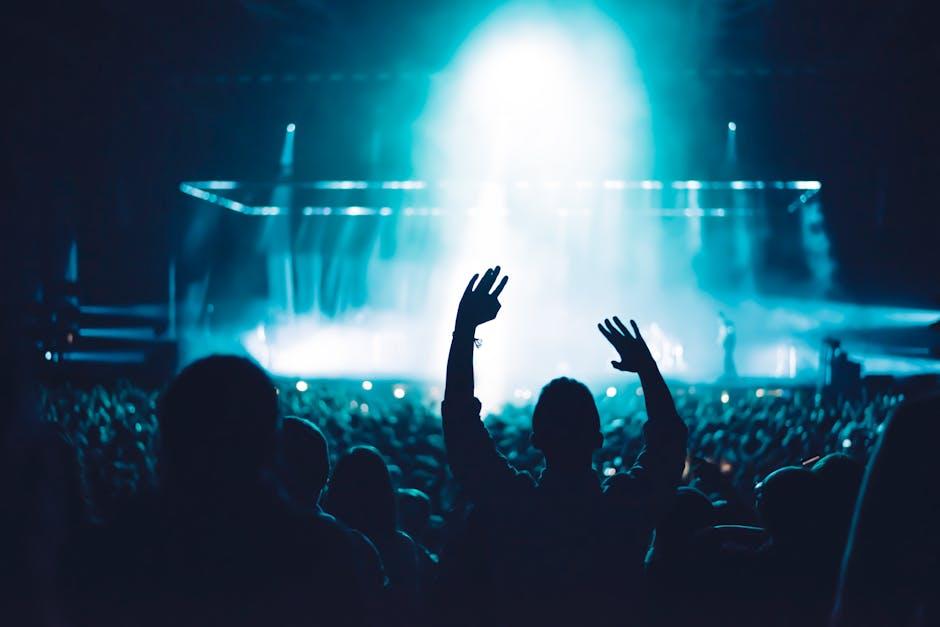
Choosing the Perfect Venue to Set the Right Vibe
Selecting a venue that aligns with the style and energy of your music event is crucial to crafting an unforgettable experience. Consider the size and layout of the space; an intimate setting may suit an acoustic set, while a vast warehouse could elevate an electronic dance party. Pay attention to the venue’s acoustics and sound equipment, as these elements directly impact the quality of the performance. Don’t overlook amenities that enhance guest comfort, such as lighting options, seating arrangements, and accessibility features, all of which contribute to the event’s overall atmosphere.
When evaluating potential locations, prioritize these factors to achieve the ideal vibe:
- Location and Accessibility: Easy access encourages attendance and ensures guests arrive on time.
- Ambiance and Decor: A venue’s style should complement the music genre to make the crowd feel connected.
- Technical Capabilities: High-quality sound systems and stage setups are non-negotiable for a professional feel.
- Capacity: Matching crowd size to space avoids overcrowding or emptiness, both of which dampen energy.
| Venue Type | Ideal Music Genre | Vibe Factor |
|---|---|---|
| Cozy Cafe | Acoustic, Jazz | Warm & Intimate |
| Industrial Warehouse | Electronic, EDM | Vibrant & Raw |
| Historic Theater | Classical, Rock | Elegant & Dramatic |
| Outdoor Park | Folk, Indie | Relaxed & Open |
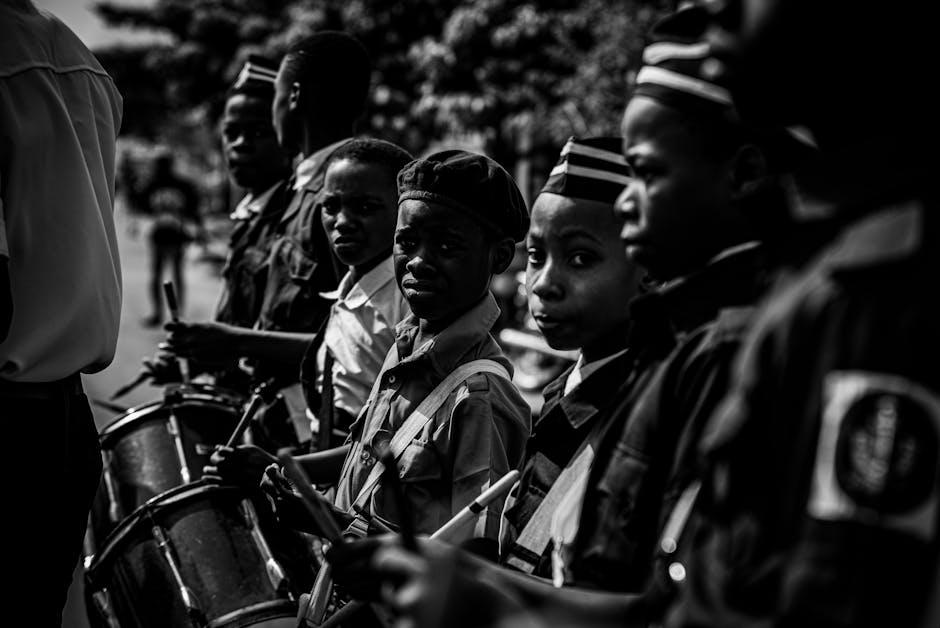
Crafting an Engaging Lineup that Captivates Your Audience
Creating a lineup that holds your audience’s attention from start to finish requires a careful balance of energy, variety, and flow. Focus on assembling a mix of artists who complement each other while bringing distinct sounds to the stage. This diversity keeps the crowd intrigued and eager for what’s next, avoiding any monotony. Incorporate local talent to build community excitement, alongside headliners who have recognized followings to boost ticket sales. Remember, pacing is key—alternate high-energy acts with more mellow performances to give attendees moments to recharge without losing momentum.
When planning your set times, consider the peak hours when most attendees will be present, typically during evening prime time. Here’s a sample structure for a 5-act event:
| Time Slot | Type of Act | Purpose |
|---|---|---|
| 5:00 PM – 6:00 PM | Opening Local Artist | Warm up the crowd and build anticipation |
| 6:00 PM – 7:30 PM | Mid-Level Act | Increase energy and engage early arrivals |
| 7:30 PM – 8:30 PM | Special Guest | Keep momentum high before the headliner |
| 8:30 PM – 10:00 PM | Headlining Act | Deliver main attraction and peak excitement |
| 10:00 PM – 10:30 PM | Closing Set – DJ or Acoustic | Wind down the event with a smooth exit |
- Engage with performers early to align repertoires and technical needs.
- Promote collaborations between artists for unique live experiences.
- Listen to feedback from past events and tweak the lineup accordingly.
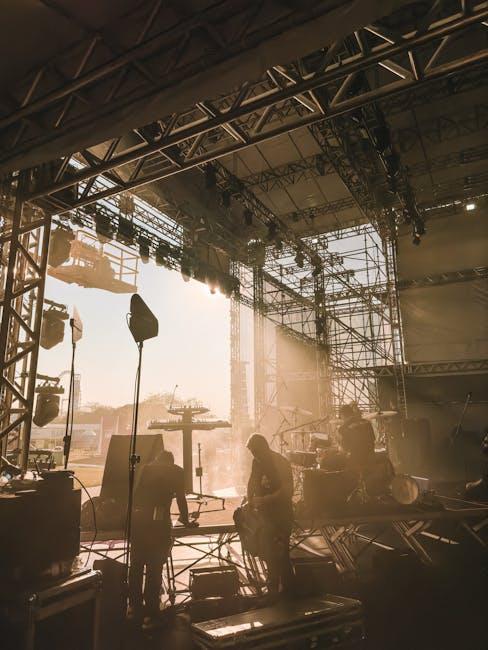
Mastering the Art of Sound and Lighting for an Immersive Experience
Crafting an environment where music transcends sound and becomes a full sensory journey starts with skillful manipulation of audio and lighting. Sound quality must be crystal clear, with each instrument and vocal track balanced perfectly to envelop your audience in the richness of the performance. Pay attention to the acoustics of your venue, using strategically placed speakers and sound absorbers to minimize echo and distortion. This ensures every beat resonates and every lyric is heard, transforming passive listening into a captivating shared experience.
Lighting serves as the silent conductor of atmosphere, capable of turning mundane moments into breathtaking visuals. Employ a mix of dynamic and static lighting to build tension, highlight key moments, and synchronize with the rhythm. Consider these techniques for a visually immersive setup:
- Color coordination: Use hues that match the mood of each song.
- Spotlights: Focus on solo performers during critical parts.
- Strobe and effects: Enhance high-energy sections wisely to avoid overwhelm.
- Gradual fades: Soft transitions between scenes keep the flow seamless.
| Lighting Element | Purpose | Recommended Use |
|---|---|---|
| Warm Wash | Create intimacy | Ballads and slower songs |
| Cool Wash | Build energy | Upbeat and electronic tracks |
| Moving Head Lights | Add movement | Transitions and climaxes |
| Laser Effects | Visual spectacle | Peak energy moments |
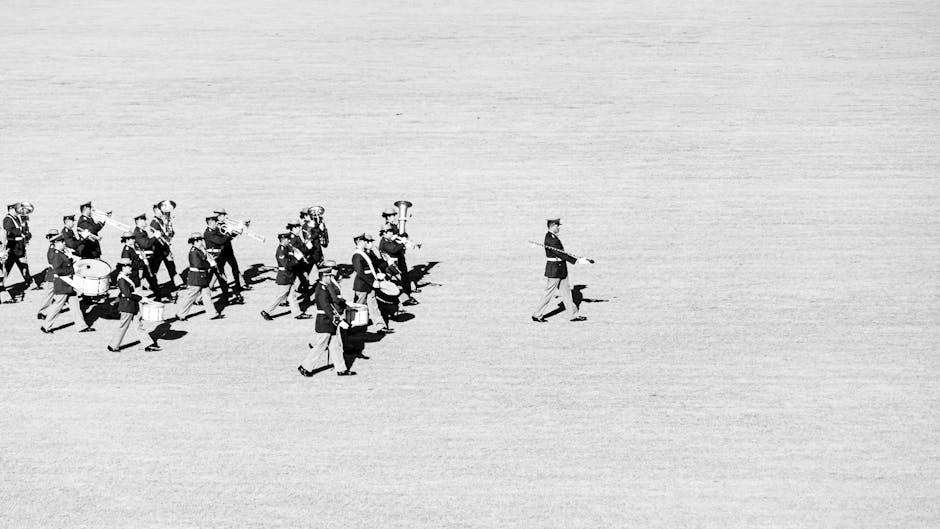
Navigating Permits, Licenses, and Legal Essentials Seamlessly
Before you dive into the rhythm of your music event, it’s crucial to master the legal landscape that ensures your party doesn’t hit a sour note. Start by identifying the key permits and licenses required by your local authorities, which often include event permits, noise ordinances clearance, and alcohol licenses if you plan to serve refreshments. Early communication with municipal offices and a thorough review of their checklists can save you from last-minute roadblocks. Remember, each event location may have specific zoning restrictions and insurance mandates that safeguard both organizers and attendees alike.
- Venue permit confirmation
- Sound and noise level approvals
- Temporary liquor licenses (if applicable)
- Public liability insurance
- Health and safety compliance certificates
Keeping everything organized is the key to a smooth licensing journey. Consider creating a simple tracking table to monitor application deadlines and statuses. Below is an example tailored to managing legal essentials efficiently:
| Document Type | Status | Authority Contact | Deadline |
|---|---|---|---|
| Event Permit | Applied | City Hall – 555-1234 | 4 weeks before event |
| Sound Clearance | Pending | Noise Control – 555-5678 | 3 weeks before event |
| Alcohol License | Approved | Licensing Dept – 555-9101 | 2 weeks before event |
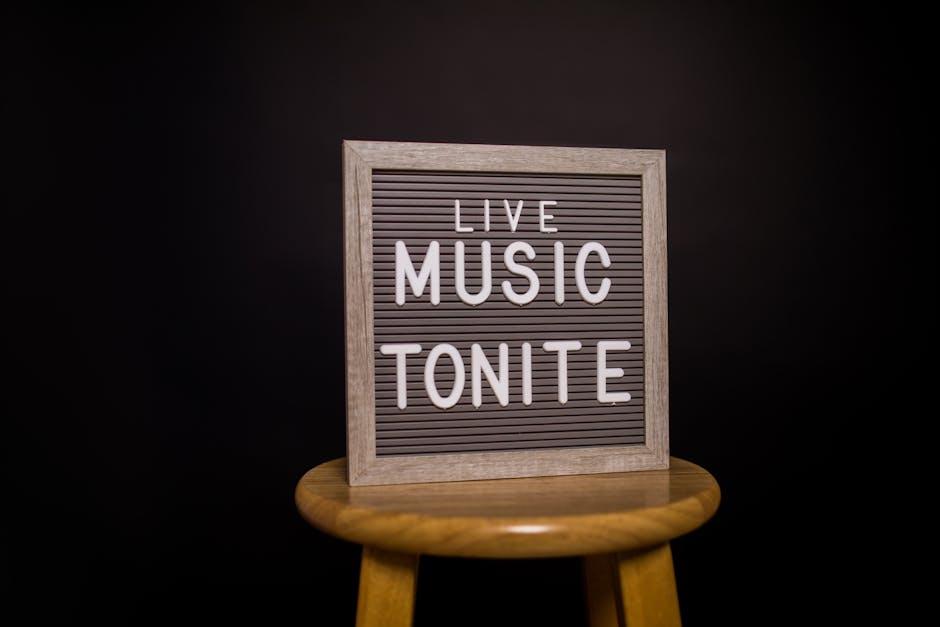
Promoting Your Event with Strategic Marketing Tactics
Maximizing the reach of your music event begins with a well-crafted marketing plan that targets the right audience at the right time. Leverage social media platforms by creating engaging content like behind-the-scenes videos, artist spotlights, and countdown posts that build anticipation. Collaborate with local influencers, radio stations, and bloggers who can amplify your message to their followers. Don’t forget to make your event a visual treat online by using striking graphics and consistent branding that aligns with the vibe of your event. Consider early bird promotions and exclusive giveaways to incentivize ticket purchases and increase buzz.
Additionally, integrating multiple marketing channels can significantly enhance your event’s visibility. Combining email campaigns, event listing sites, and community bulletin boards ensures you touch different layers of your target market. Below is a simple checklist to keep your marketing efforts organized:
| Marketing Tactic | Purpose | Tips |
|---|---|---|
| Social Media | Audience Engagement | Use hashtags and stories frequently |
| Email Newsletters | Direct Communication | Send reminders and exclusive updates |
| Local Partnerships | Community Reach | Partner with venues and businesses |
| Content Marketing | Brand Building | Publish blogs and artist interviews |
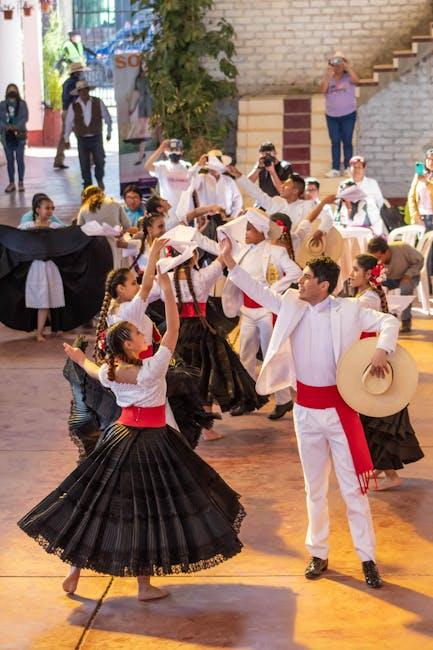
Ensuring Smooth Operations with Effective Team Coordination
Behind every successful music event lies a tightly knit crew, each member aware of their responsibilities and working in harmony. To achieve this, establishing clear channels of communication is crucial. Utilize tools like group messaging apps or project management platforms to keep everyone updated in real-time. Frequent briefings before and during the event help address unforeseen challenges promptly, ensuring no detail slips through the cracks. Assigning team leads for specific areas such as sound, lighting, and crowd management promotes accountability and swift decision-making.
Building an effective team starts with defining roles clearly, but it flourishes through mutual support and flexibility. Encourage open dialogue where team members feel comfortable sharing ideas or concerns. Here’s a simple checklist to keep coordination seamless:
- Pre-event planning meetings to align objectives
- Real-time communication tools to handle emergencies
- Defined roles and responsibilities for every member
- Contingency plans for unexpected scenarios
| Role | Primary Responsibility | Backup Contact |
|---|---|---|
| Sound Engineer | Audio quality control | Assistant Sound Technician |
| Stage Manager | Artist coordination & timing | Event Coordinator |
| Security Lead | Crowd safety and access control | Assistant Security Officer |
Q&A
Q&A:
Q1: What’s the first step when planning to host a music event?
A1: The first step is to define your vision. Decide on the type of music, the vibe you want to create, and the scale of the event. Are you aiming for an intimate acoustic night or a large high-energy festival? Your vision will guide every other decision you make.
Q2: How do I choose the perfect venue?
A2: Venue selection depends on your event’s size, style, and budget. Consider acoustics, capacity, location, and amenities. A trendy warehouse suits a rock concert, while a cozy café fits a jazz evening. Don’t forget to check availability and permits!
Q3: What’s the best way to find and book performers?
A3: Start by researching local talent and music agencies that fit your event’s genre. Reach out with a clear outline of the event details, compensation, and expectations. Building relationships with musicians can also open doors to hidden gems.
Q4: How important is sound and lighting?
A4: Sound and lighting are crucial—they set the mood and ensure the audience connects with the music. Hiring a skilled sound engineer and lighting technician can transform a good event into an unforgettable experience.
Q5: What legal or logistical issues should I prepare for?
A5: You’ll need to secure permits, arrange for licenses (like performance rights and alcohol permits if applicable), and ensure insurance covers your event. Also, plan for safety protocols, crowd control, and emergency response.
Q6: How can I effectively promote my music event?
A6: Use a blend of digital and traditional marketing. Social media campaigns, event pages, and local press can attract attention. Collaborate with performers to tap into their fan bases and consider creative promotions like contests or sneak peeks.
Q7: What tips can help ensure the event runs smoothly?
A7: Have a detailed schedule, clear communication with all staff and performers, and backup plans for technical issues or weather. Stay flexible, and always keep the audience’s experience front and center.
Q8: How do I keep costs manageable?
A8: Budget carefully by prioritizing essentials: venue, artists, and sound system. Negotiate deals, seek sponsorships, and consider ticket presales to secure funds upfront. Volunteer helpers can also reduce staffing costs.
Q9: What’s a good way to engage the audience during the event?
A9: Create interactive moments—introduce performers, facilitate sing-alongs, or host giveaways. A welcoming atmosphere encourages attendees to connect not just with the music, but with each other.
Q10: After the event, how do I assess success and build for the future?
A10: Gather feedback from attendees, staff, and artists. Review what worked and what didn’t, focusing on logistics, promotion, and overall vibe. Use these insights to refine your approach and build a loyal following for your next event.
In Summary
Hosting a music event is much more than just gathering people and playing tunes—it’s about crafting an experience that resonates long after the final note fades. By thoughtfully planning every detail, from venue selection to artist coordination and audience engagement, you create a space where music comes alive and memories are made. Whether you’re aiming for an intimate acoustic night or a full-scale festival, the keys to success lie in preparation, passion, and adaptability. So, take these insights, tune your plans carefully, and get ready to orchestrate an event that strikes the perfect chord with every attendee. After all, in the world of music, every great event is a symphony of creative effort and shared joy.

